Peugeot RCZ
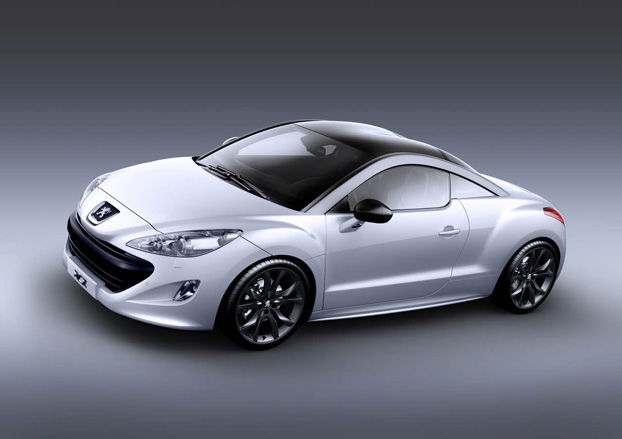
At the risk of sounding like a stuck record, car design is fundamentally about proportion and detail, and a combination thereof. Some companies can do both, others excel at only one. For the past few years, Peugeot hasn't mustered much skill at either. How could this happen? For decades, the French company had these two qualities in abundance. Thanks to a long-running association with Italian design house Pininfarina, the company turned out saloons, estates, hatchbacks and coupés that were drawn with a deft economy of line. The Peugeot 'face' was a mix of slim grille, slanted headlights and a modest badge, all of which added up to give the car a hint of a smile, and a rather Gallic, seductive one at that.
Shortly after the beautiful 406 Coupé of 1997 - one of the best-looking production cars of its era - Peugeot styling fell off a cliff. Trim bodywork was fused with garish brightwork, giant headlights and giant yawning maws, turning a Peugeot showroom into a convention of basking sharks at an all-you-can-eat buffet. These oversized details wouldn't be so bad if they hadn't been married to an unhappy set of proportions right across the range. The perversity of all this lacklustre product was exacerbated by the stream of well-turned out concepts that continued to flow out of the company's own design studio, implying that elegant cars were just aching to get out.
Finally, the tide is turning and Peugeot's taskmasters have admitted they dropped the ball in terms of design. Recent cars and concepts, from the svelte new 508 saloon to the EX1 concept shown at the 2010 Paris Motor Show, have been among the more refined designs to grace the global stage in recent years, especially coming from a big manufacturer. The company's studios have also been unafraid to mix it up, proposing designs that range from the 907, a big, classic GT akin to a contemporary Ferrari, to the fabulously sleek 908RC limousine.
The RCZ also began life as a concept, the 308 RCZ (hinting at its prosaic, hatchback-based underpinnings), first shown way back in 2007. But unlike some of the rather more fanciful design visions, the RCZ was engineered from the outset to be a production possibility. And that is what we have here, a chic four-seater coupé clad in self-consciously outré clothing. Perhaps we have the Audi TT to thank for the RCZ's profile – three simple intersecting curves that speak more of image than function (ironically, given the vaguely 'Modernist' form they aspire to) – but it's success in its own right.
Inside, the RCZ is rather more stock than bespoke, but it's a very pleasant place to be, with all the thorough functionality we've come to expect from a contemporary car and no ergonomic oddities. The 'double bubble' roof profile and broad rear screen means looking backwards is an airy experience, unlike many of its peers. And while we still have some issues with the sculpture around the radiator grille and badge, this is the kind of car that grows on you, slowly but surely.
The Peugeot RCZ is billed as a 'Sports Coupé', although in truth it's only mildly sporting. A slightly more powerful model is already on the market, while a hybrid concept version is also waiting in the wings. But most importantly of all, it's a crucial waypoint in the revival of one of the great historic car companies.
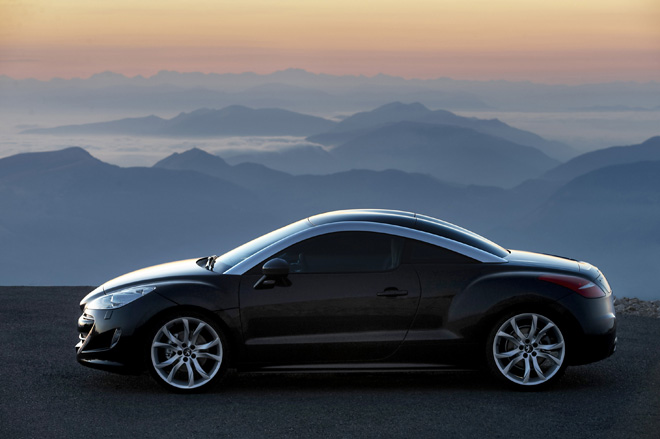
Peugeot RCZ
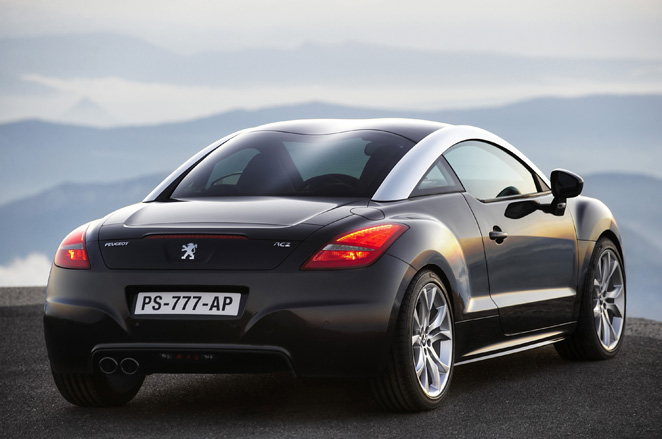
Peugeot RCZ
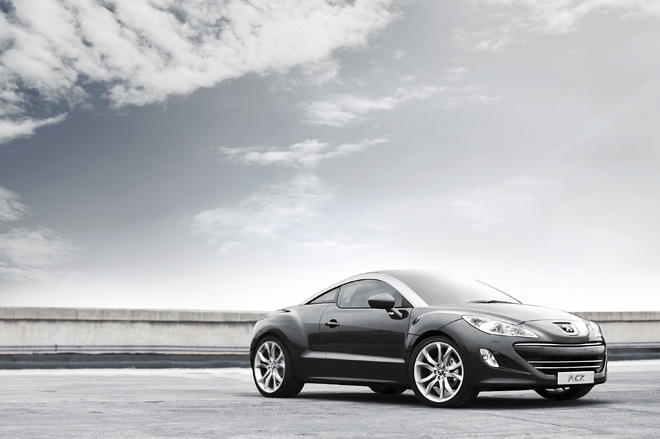
Peugeot RCZ
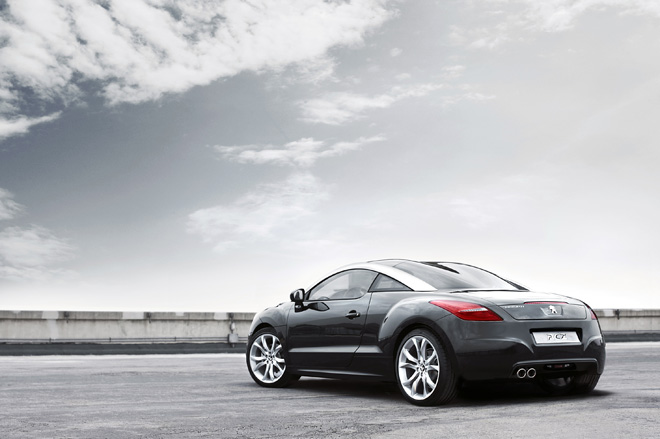
Peugeot RCZ
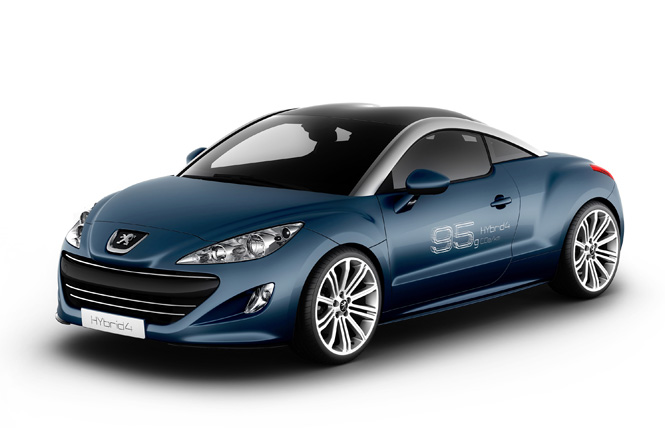
Peugeot RCZ
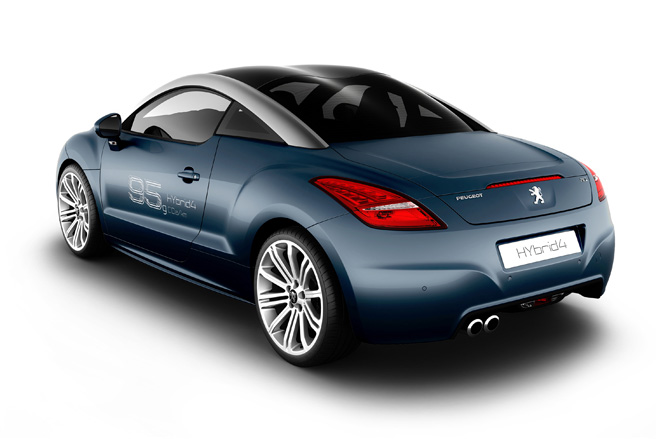
Peugeot RCZ

Peugeot RCZ
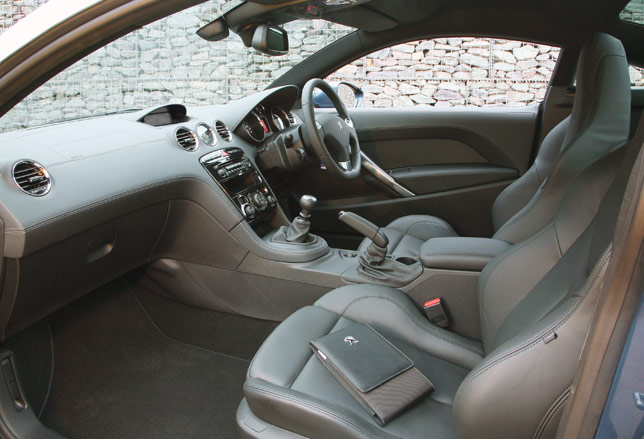
Peugeot RCZ
Wallpaper* Newsletter
Receive our daily digest of inspiration, escapism and design stories from around the world direct to your inbox.
Jonathan Bell has written for Wallpaper* magazine since 1999, covering everything from architecture and transport design to books, tech and graphic design. He is now the magazine’s Transport and Technology Editor. Jonathan has written and edited 15 books, including Concept Car Design, 21st Century House, and The New Modern House. He is also the host of Wallpaper’s first podcast.
-
 All-In is the Paris-based label making full-force fashion for main character dressing
All-In is the Paris-based label making full-force fashion for main character dressingPart of our monthly Uprising series, Wallpaper* meets Benjamin Barron and Bror August Vestbø of All-In, the LVMH Prize-nominated label which bases its collections on a riotous cast of characters – real and imagined
By Orla Brennan
-
 Maserati joins forces with Giorgetti for a turbo-charged relationship
Maserati joins forces with Giorgetti for a turbo-charged relationshipAnnouncing their marriage during Milan Design Week, the brands unveiled a collection, a car and a long term commitment
By Hugo Macdonald
-
 Through an innovative new training program, Poltrona Frau aims to safeguard Italian craft
Through an innovative new training program, Poltrona Frau aims to safeguard Italian craftThe heritage furniture manufacturer is training a new generation of leather artisans
By Cristina Kiran Piotti
-
 Peugeot’s sparky 308 gets hybrid power and handsome lines
Peugeot’s sparky 308 gets hybrid power and handsome linesThe Peugeot 308 proves that mass-market design needn’t be dull, blending hybrid power with sharp lines and excellent detailing
By Jonathan Bell
-
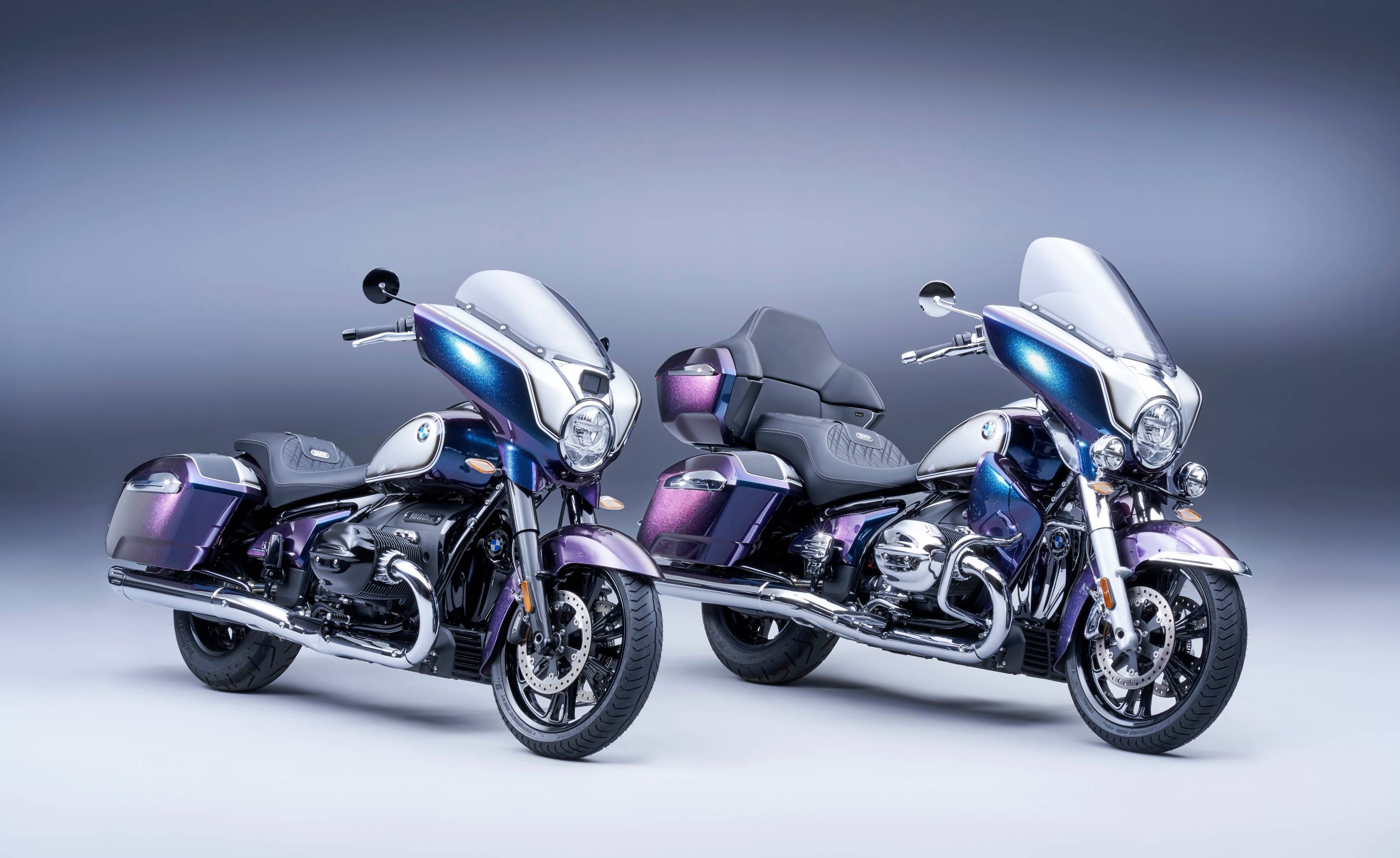 BMW Motorrad brings out the big guns for its newest cruisers
BMW Motorrad brings out the big guns for its newest cruisersBMW Motorrad R 18 Bagger and Transcontinental set the tone for high-voltage cruising with a brand collaboration with speaker specialist Marshall
By George Chapman
-
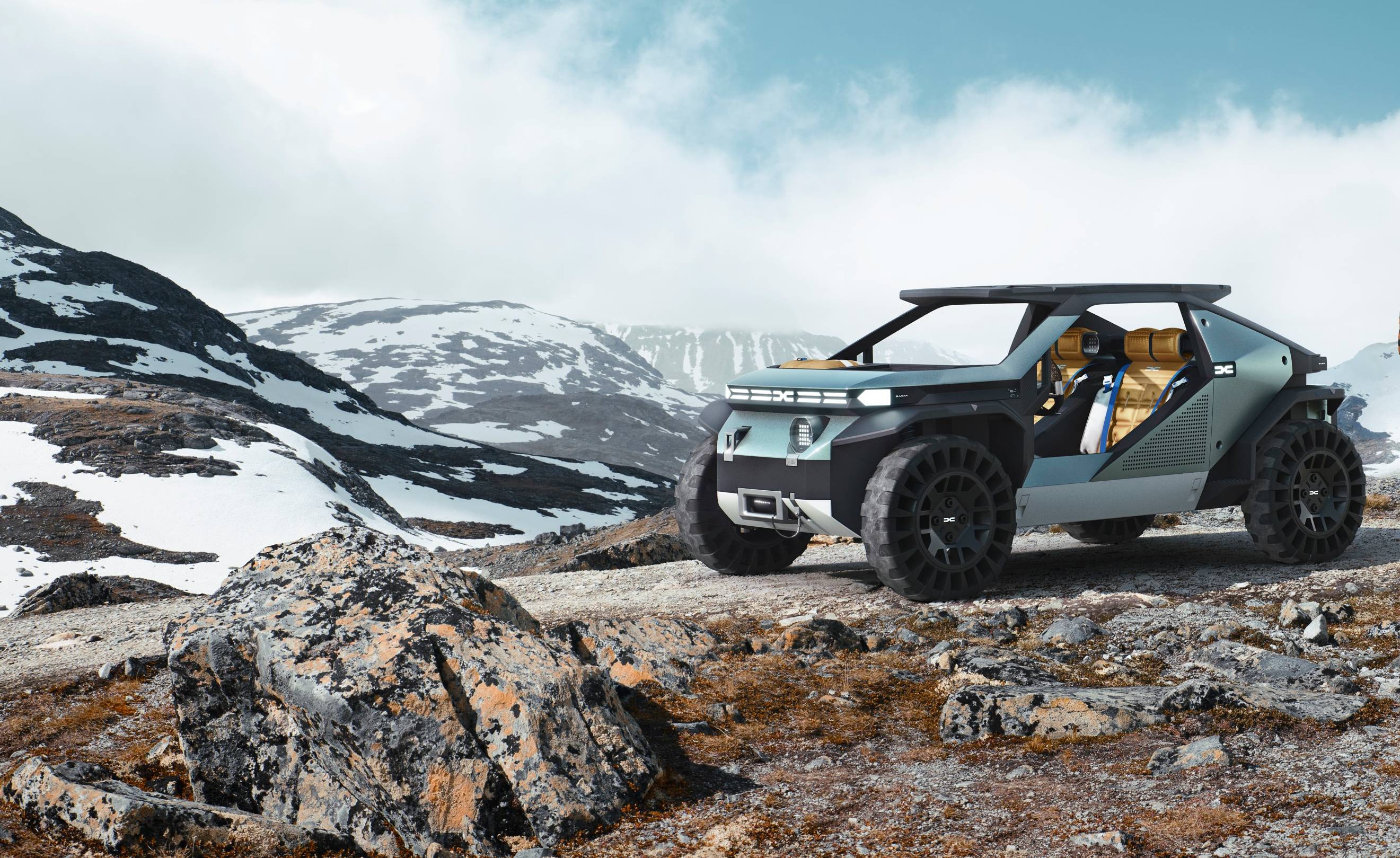 Dacia’s new Manifesto concept is a true outdoor utility vehicle
Dacia’s new Manifesto concept is a true outdoor utility vehicleUtilitarian auto brand Dacia sets a bold new agenda with its Manifesto, a concept car pitched at the active outdoor market
By Jonathan Bell
-
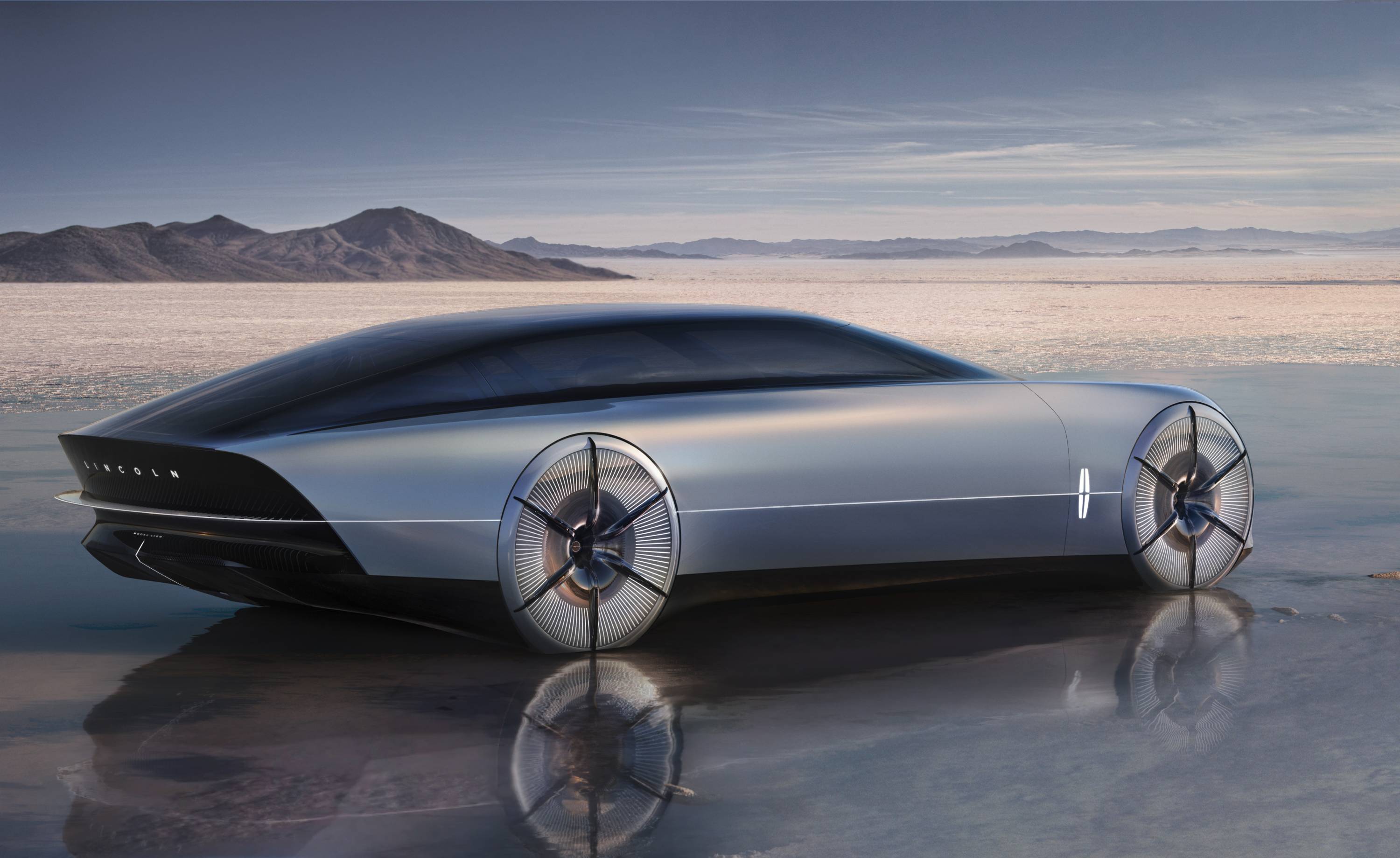 The sun sets on traditional supercars at California’s Monterey Car Week
The sun sets on traditional supercars at California’s Monterey Car WeekMonterey Car Week, the world’s most prestigious car gathering, is showcasing ever-more extravagant special editions, coachbuilt cars and all-new electric concepts. Here are seven key machines from 2022
By Rory FH Smith
-
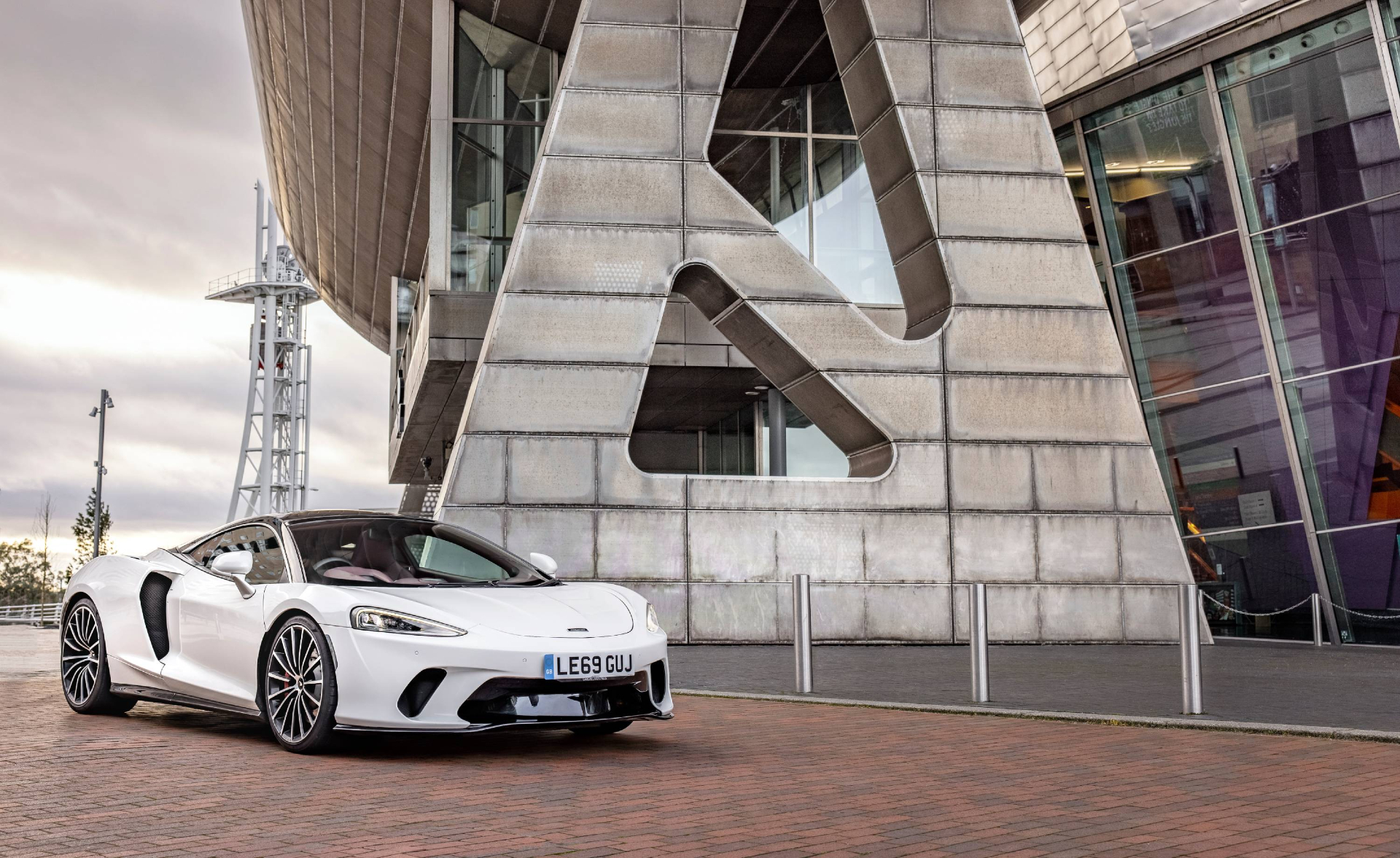 Is McLaren’s GT a sports car, a tourer, or the best of both?
Is McLaren’s GT a sports car, a tourer, or the best of both?The McLaren GT is a capable all-rounder dressed up in svelte supercar clothes. It might also be the last of its type
By Jonathan Bell
-
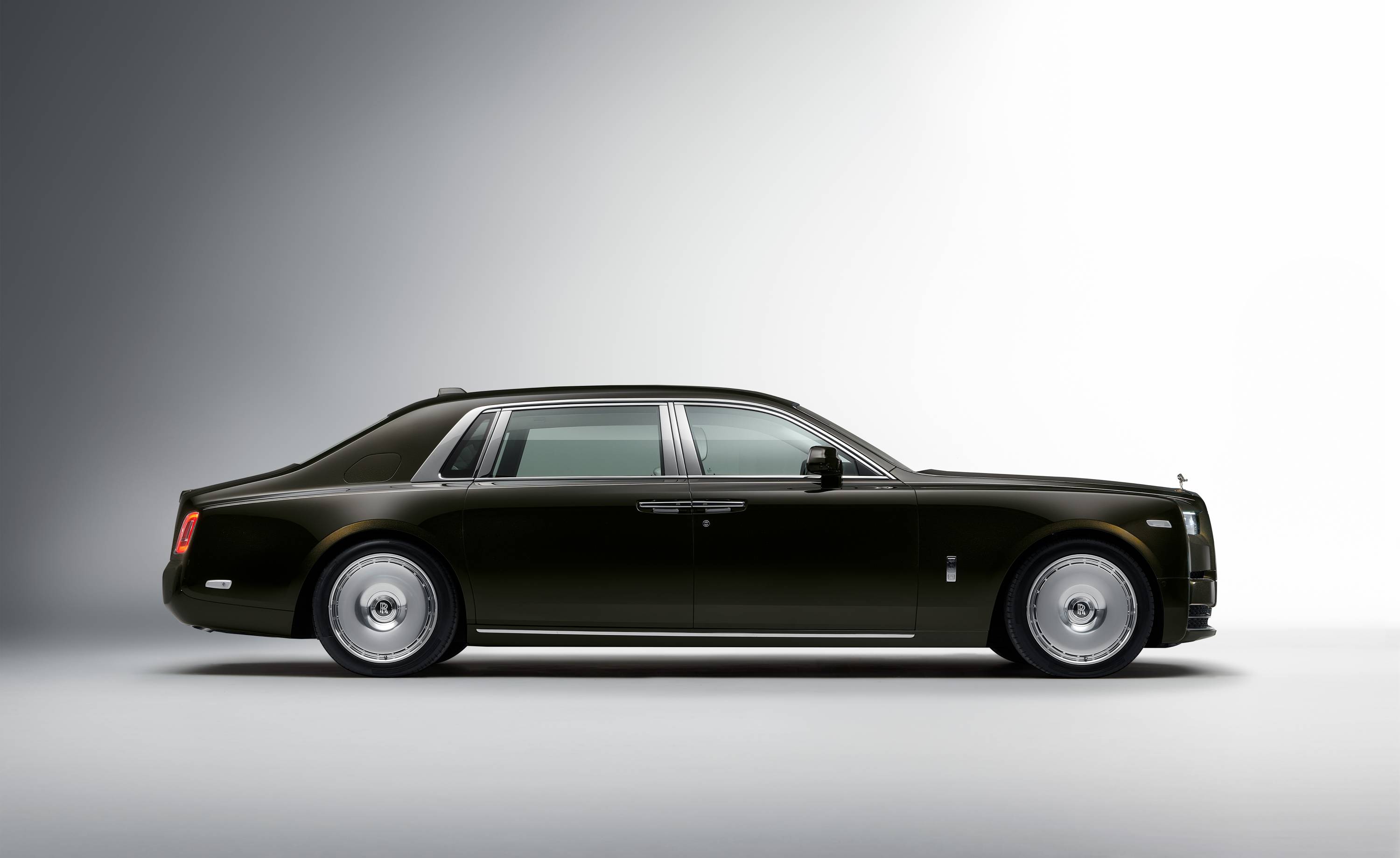 Rolls-Royce puts the Phantom back on its lofty pedestal
Rolls-Royce puts the Phantom back on its lofty pedestalA mid-life refresh ensures the flagship Rolls-Royce Phantom Series II is at the top of its game, a last hurrah for traditional engines before an electrified future
By Jonathan Bell
-
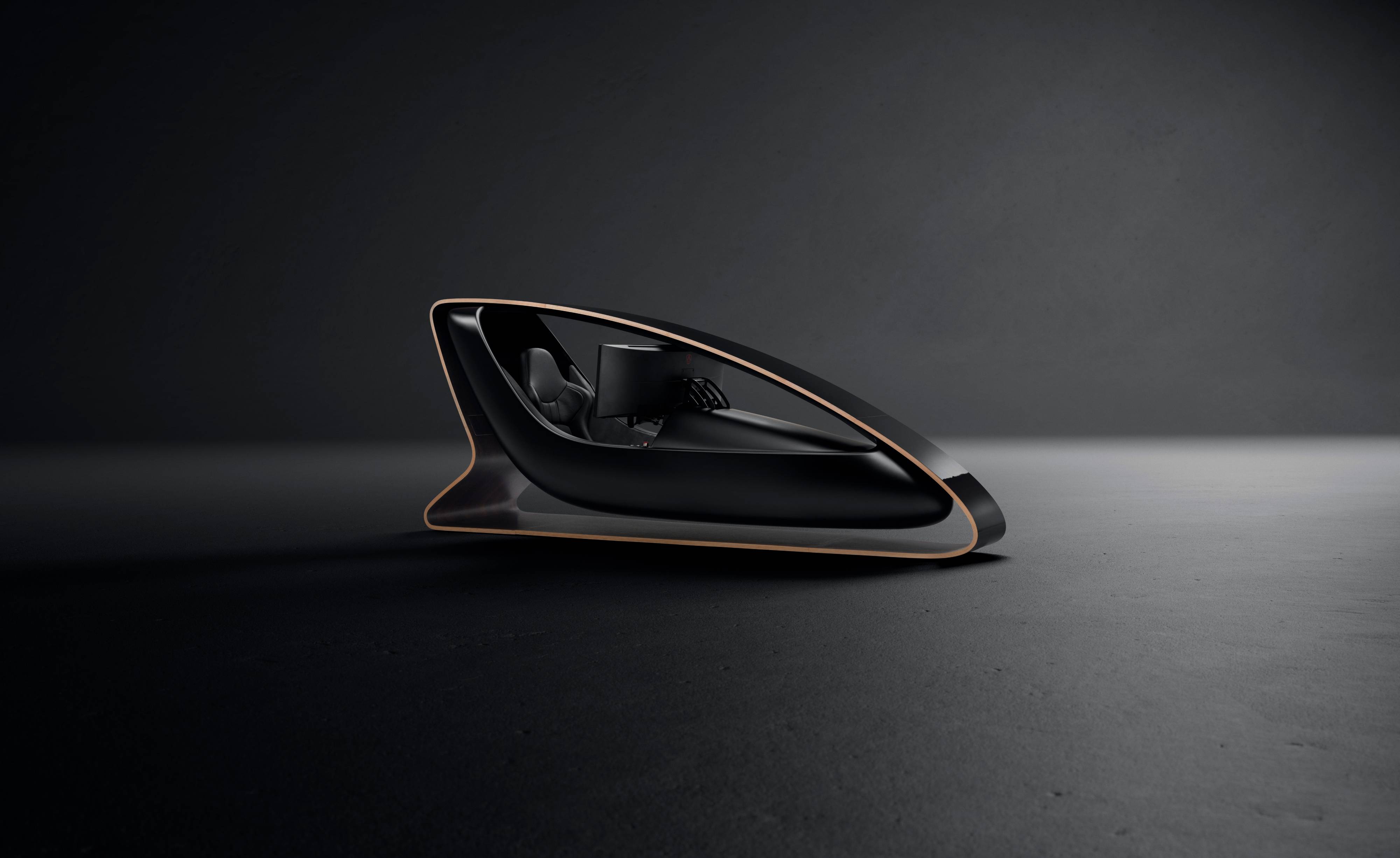 Prodrive’s new racing simulator is shaped by Callum to be front of the grid
Prodrive’s new racing simulator is shaped by Callum to be front of the gridThe racing simulator shapes up – this new design from Prodrive and Callum is honed for the high-end games room
By Jonathan Bell
-
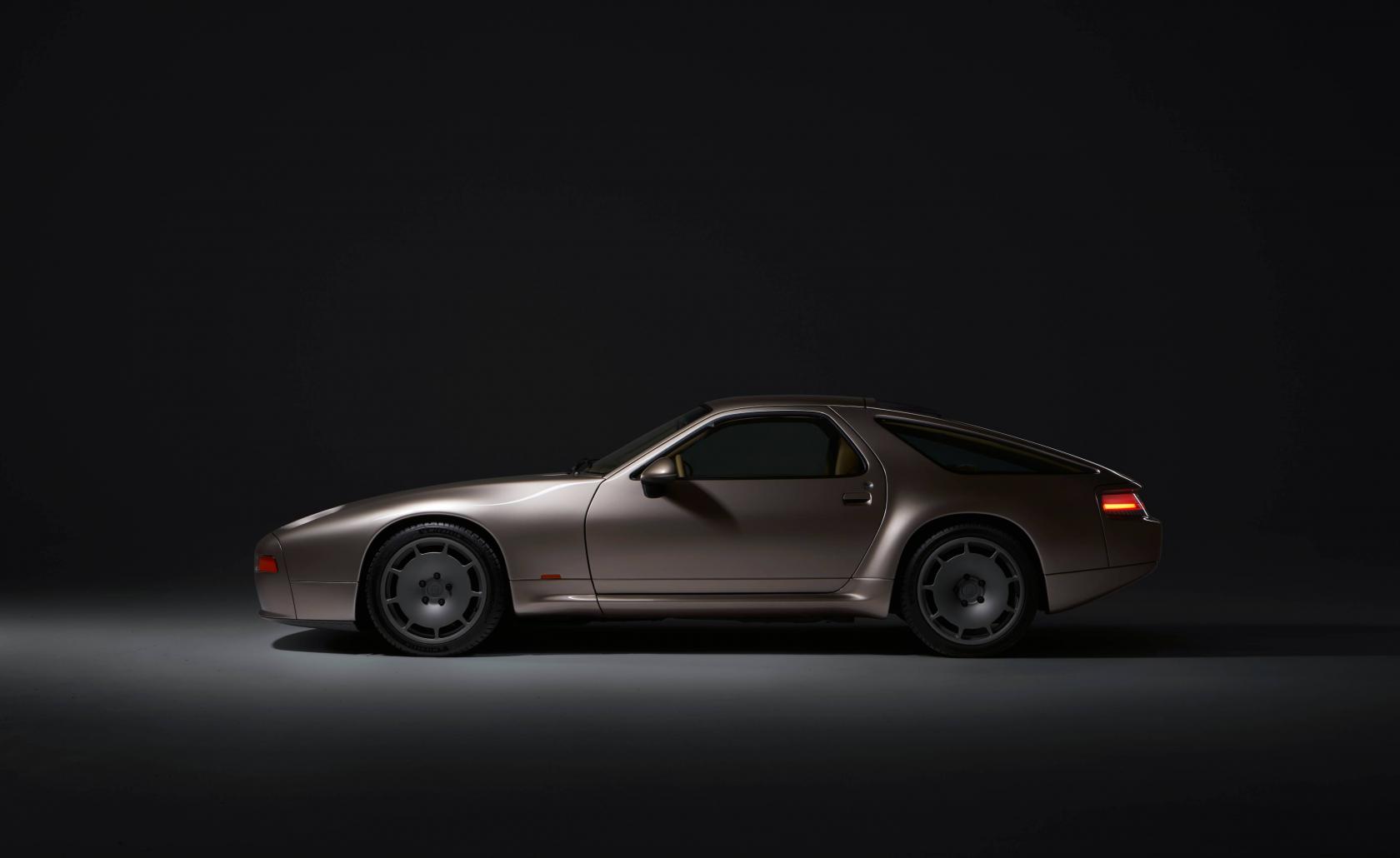 928 by Nardone Automotive: a restomod Porsche with Gallic verve and Italian style
928 by Nardone Automotive: a restomod Porsche with Gallic verve and Italian style928 by Nardone Automotive is a gracefully modernised version of Porsche’s endearingly different 928
By Jonathan Bell